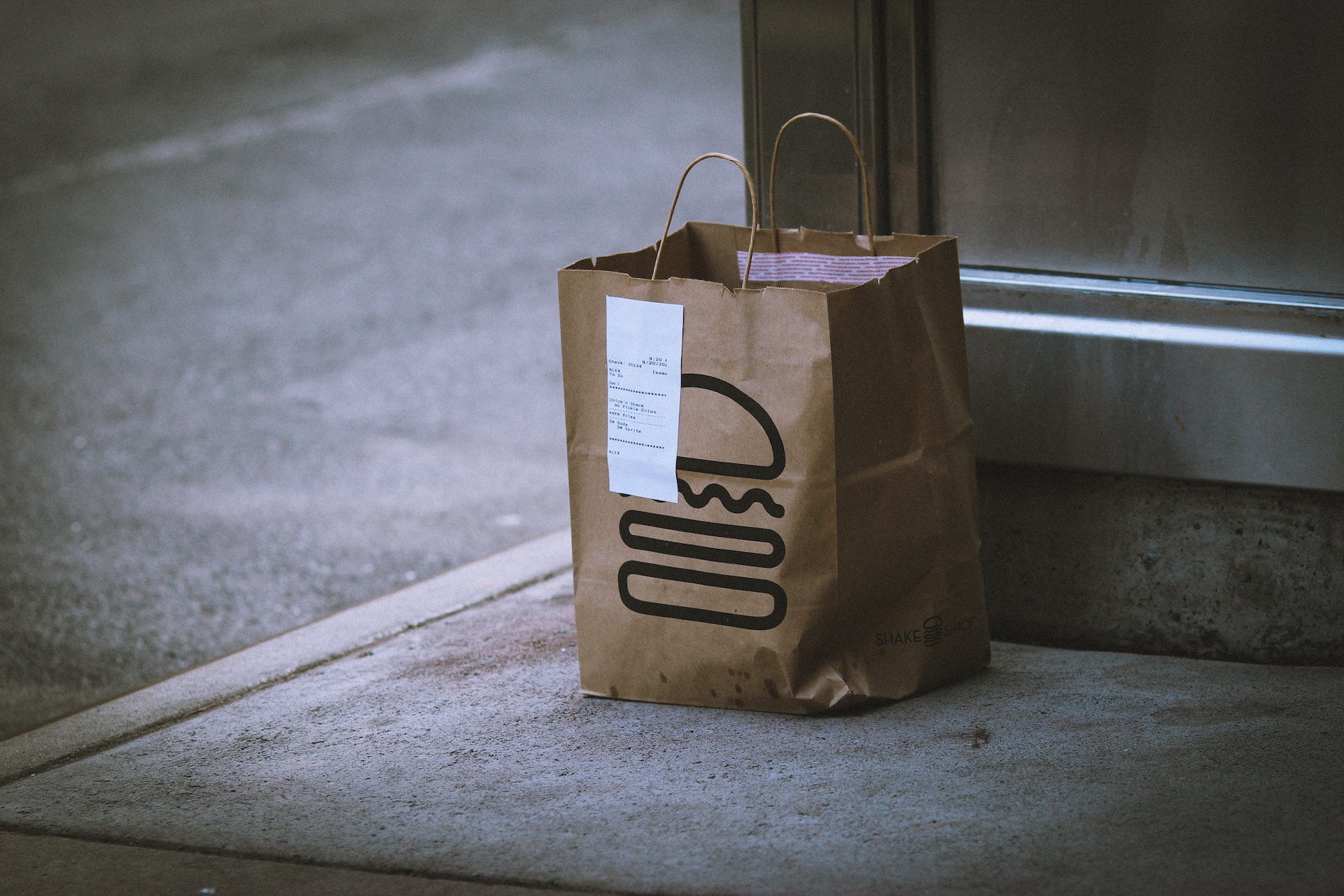
Food delivery apps have undoubtedly changed the way we order food. With just a few clicks on our smartphones, we can order our favorite meals from our favorite restaurants without ever stepping out of our homes. The convenience food delivery apps offer has dramatically transformed the way we feed ourselves. Besides convenience, these apps have also brought other benefits for both consumers and restaurateurs. In this blog post, we will explore five ways food delivery apps have revolutionized buying food.
Multiple Choices at Your Fingertips
In the past, ordering food meant picking up the phone and calling a restaurant, hoping that they have your preferred meal. Today, food delivery apps like Uber Eats and Grubhub have introduced thousands of choices from across the globe, all within the convenience of your smartphone. The app allows you to scroll through menus from various restaurants, their ratings, and reviews with ease. Consequently, you can find the perfect restaurant and meal that meets your dietary restrictions or preferences. You can also utilize grocery or marijuana delivery for even more convenience.
Increased Restaurant Visibility
Restaurants that sign up with food delivery apps enjoy increased retail traffic and brand awareness. With millions of active users each day on these apps, restaurants have a higher chance of exposure to potential customers that may not have even known about their existence. The apps being largely popular with millennials means that restaurants looking to appeal to their most significant customers’ age group can use food delivery apps to an advantage.
Streamlined Logistics
Before the food delivery apps came into play, restaurateurs had to keep their delivery logistics in-house, which posed many challenges. Restaurants had to maintain a fleet and track orders in real-time, which became an added expense. With food delivery apps, restaurants can streamline their logistics as the app’s developer handles the picking up, transfer, and drop off of the food. This advantage gives restaurants free time to focus on their core business while the apps handle the delivery aspect.
Integration With Social Media
The power of social media is phenomenal. It can quickly spread constructive feedback and amplify positive news. Integrating social media platforms with food delivery apps enables users to share their experience in real-time, inclusive of pictures and videos while tagging restaurants. The integration has raised brand awareness. When people see their friends and family enjoying a particular restaurant’s food, it puts the restaurant on their radar too.
Reduced Wait Time
Traditionally, consumers had to wait a minimum of thirty minutes when ordering food for delivery. However, food delivery apps have significantly reduced wait times by optimizing for global positioning systems (GPS) to track drivers and shorten delivery periods. Customers can monitor the drivers themselves using the mobile app and track their progress in real-time, making the process quicker and more straightforward.
Food delivery apps have transformed the way we order food, offering convenience, increased restaurant visibility, streamlined logistics, integration with social media platforms, and reduced wait times. As technology continues to evolve, so will the food delivery industry. It’s never been a better time to be a consumer of food delivery services.

